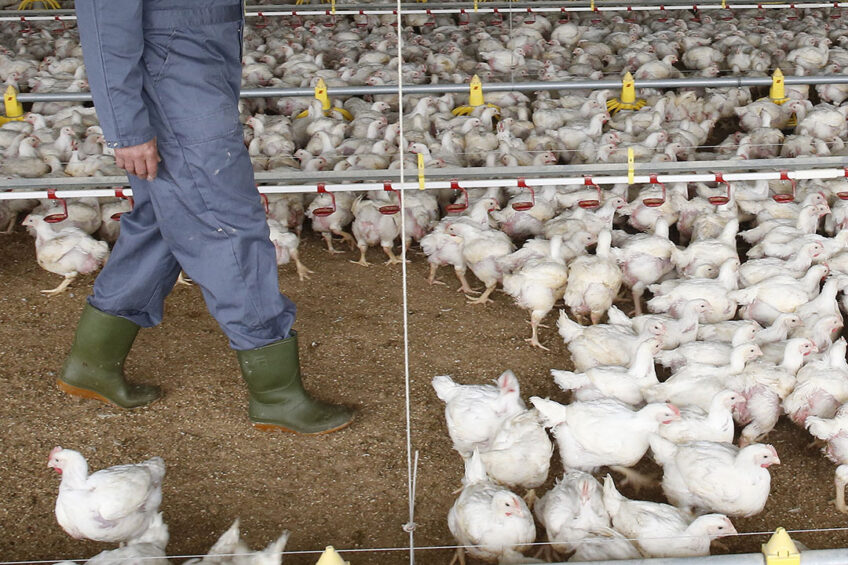Labour shortage hinders Russian agri and poultry exports

A lack of personnel is one of the key factors constraining Russia’s agricultural export, Sergey Yushin, head of the Russian National Meat Association, outlined, speaking during the Agro Outlook Russia-2023 conference.
Over the past 2 decades, global meat and poultry production jumped by 45%, while in Russia, it surged by nearly 150%. The growth is accompanied by a hike in consumption, and to meet the rising demand, the global meat and poultry industry will need to boost output by 40 million tonnes by 2030, Yushin said, citing an FAO forecast.
As part of the green agenda, farmers in developed countries will see production performance falling, Yushin said, adding that Russia has sufficient land resources to nearly double meat production from the current level.
However, the persistent labour shortage is seen as an impediment to such growth. “Competition between agriculture and other industries, for example, machine-building [for personnel], get a catastrophic shape. It makes our operations naked,” Yushin said, suggesting that the government should determine the priority sectors of the economy and help them with staff issues.
Worst labour crisis in Russia’s history
Indeed, there are signs that Russia is struggling against some of the worst labour crises in its history. The governor of Russia’s Central Bank, Elvira Nabiullina, warned in a statement in December 2022 that the country was facing a growing working staff shortage, attributing this to, among other reasons, the conscription of 300,000 civilians during the Defense Ministry’s mobilisation campaign last year.
The number of young workers in Russia has dropped to one of its lowest levels in the country’s post-Soviet history, according to April 2023 research conducted by the Moscow-based Finexpertiza consulting firm.
The number of workers under 35 in Russia fell by 1.33 million people between December 2021 and December 2022 to the lowest levels since the start of data collection in 2006, Finexpertiza said. Among the key reasons, the analysts listed demographic issues and emigration.
Exports are rising
In 2022, Russia exported 336,000 tonnes of poultry meat, 24% more than during the previous year, the Russian Agricultural Ministry estimated. In monetary terms, export soared. The Russian Union of poultry producers Rosptiptsesoyuz forecasted growth in Russian poultry export this year to 350,000 tonnes.
Russia is exporting most poultry to the post-Soviet countries, as well as to China, Vietnam, the UAE, and Saudi Arabia, Galina Bobyleva, head of Rosptiptsesoyuz, said, adding that businesses need to put effort into expanding the export of products with higher added value.













